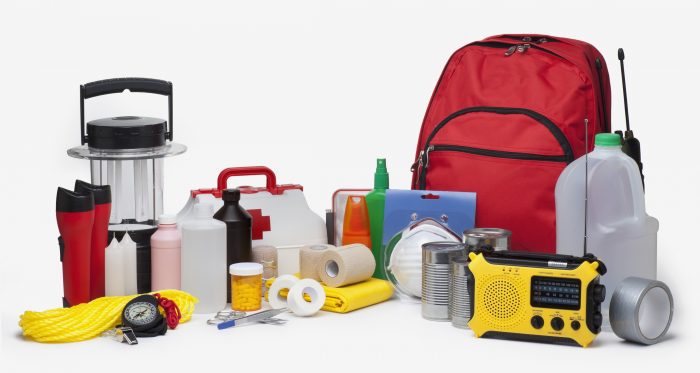Editorial: ‘Tis the season of precaution
Once again, Suffolk County residents find themselves in the midst of hurricane season.
Hurricanes Fiona and Ian recently reared their ugly heads. While Long Island was spared, the headlines featuring the wreckage left behind in places such as Puerto Rico and Florida remind us of how devastating these storms can be.
In the Atlantic and Caribbean, hurricane season officially begins June 1 and lasts until Nov. 30. The height of the season is typically August, September and October.
Many Long Island residents remember the wrath of Gloria in 1985, and while it was downgraded to a superstorm once it hit our shores nearly 10 years ago, Sandy started as a hurricane, leaving damage and death behind, from the Caribbean to Canada.
Though we are well into hurricane season, it’s never too late to take precautionary measures.
The Centers for Disease Control and Prevention recommends preparing before a storm hits by programming all emergency phone numbers into cellphones, writing down the numbers and placing them on the refrigerator or near home phones. CDC officials also advise locating the nearest shelter and researching different routes to get there. Pet owners should also find pet-friendly shelters and hotels or an out-of-town friend or relative who can take in pets during the case of an evacuation.
The CDC suggests having emergency supplies handy in case of a weather emergency. People should keep in mind that water and electricity could be cut off, and it’s imperative to have a supply of items such as batteries, bottled water, flashlights, medications and important documents that are easily accessible.
All family members should know where the fire extinguishers are in the home and how to use them. And, most importantly, families should go over their emergency plan regularly.
When a storm is predicted, the CDC says to clean up any items outside of the house that could potentially blow around and cause damage. Installing storm shutters or putting plywood on windows can prevent shattered glass coming into a home. Carbon monoxide detectors should be checked to prevent CO poisoning.
The most important tip various agencies give is to follow the advice of government officials and first responders regarding evacuating or sheltering in place at home. When evacuating, take only what you need as well as your emergency kit. Drivers should travel on roads they are instructed to use even if there is traffic, and avoid any downed wires.
Those staying at home need to remember not to go outside, even if it seems calm, until news that the hurricane has finally passed. Also, stay away from windows and, of course, always be prepared to leave if responders tell you that it’s necessary.
For those who have a trip planned, AAA cautions travelers to be proactive when a storm is predicted to hit by monitoring weather conditions of one’s departure city and destination before leaving. When traveling after a weather event such as a hurricane, it’s imperative to call hotels to get an update on the storm’s impact and to confirm if flights are scheduled to leave on time. Remember that even if an area wasn’t directly hit by a storm, it could still be negatively impacted.
A bit of preparation and caution can help a person and families navigate most storms. Hopefully, Long Islanders won’t need the advice this season.







